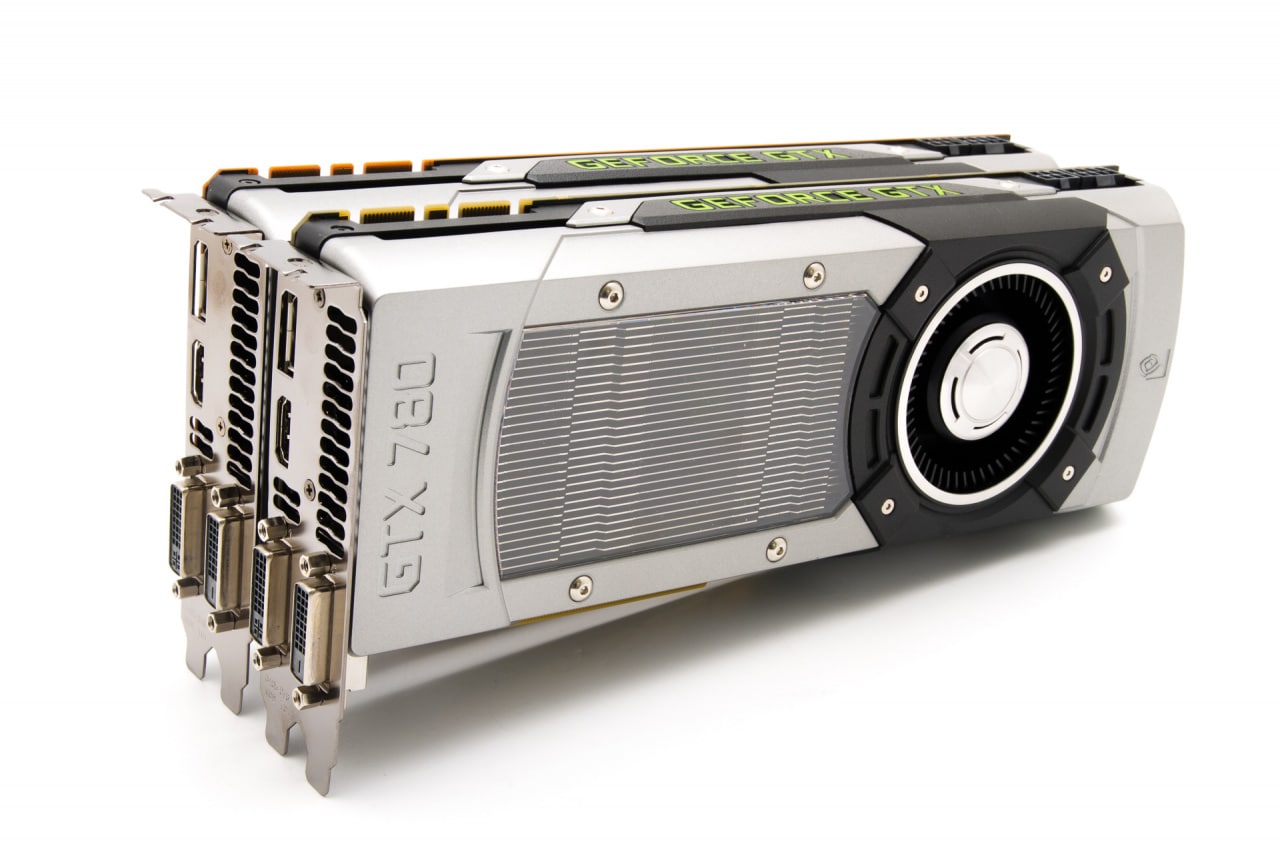When SweClockers in the autumn of 2013 began the tests with graphics cards in 4K resolution, it was discovered that not everything was quite right. After the problems piled up, the editors decided to put the project on the shelf and hold out for a while longer so that the manufacturers would have a chance to straighten out the childhood diseases.
Nowadays, the situation is much better. In terms of settings, AMD’s and Nvidia’s software works more painlessly than before, while several performance problems have been straightened out. The result is that 4K UHD has gone from more or less unusable to largely bearable, which has also led more people to start looking at high-resolution screens.
However, not everything is gold and green forests. The review of the Geforce GTX Titan Z found that the graphics card loses power when the monitor is switched from 30 Hz refresh rate via Displayport single-stream transport (SST) to 60 Hz over multi-stream transport (MST). The behavior has followed since the original 4K tests from 2013 and applies to Nvidia configurations in SLI.
There are many indications that the current problems can be traced to the emergency solution Displayport MST. In short, the technology allows the screen to be sent in two separate streams over the same cable with half the resolution each, which is then “glued together” afterwards. This is to get 4K resolution in 60 Hz even though the screen’s built-in electronics do not really live up to the requirements.
Samsung U28D690D med 4K/60 Hz via Displayport SST.
However, there are fresh alternatives. Among other things, the new Samsung U28D590D can handle 4K UHD in 60 Hz via Displayport SST and provides an excellent opportunity to put the technology to the test. The question is what impact MST and SST actually have on the performance of Nvidia’s graphics cards.
SweClockers examines in the test lab
To investigate the behavior, the test rig is loaded with two SLI-connected Geforce GTX 780. The drivers are updated to the latest version and some game titles from the standard test suite may be on hand to feel the higher resolution.
The monitors used are Dell UP2414Q (MST 60 Hz, SST 30 Hz) and Samsung U28D590D (SST 60 Hz). For safety, the same cable is used in all tests.
First out is Unigine Valley, and here the result is in line with previous experience. A certain drop in performance is seen when the MST technology is used, but it is hardly enough to cause any major concern.
The game tests provide radically different data. The MST technology causes a measurable loss of performance in all cases, especially in Bioshock Infinite and Far Cry 3. Several of the games also become “jerky” and have subjectively poorer flow, the same experience as in the review of the Geforce GTX Titan Z.
The difference from 60 Hz over SST is miles wide. Despite the higher refresh rate, the performance is fully in line with the results for 30 Hz, just as it should be. The games also have subjectively better flow, although there are still strange notches and freezes.
Summary and reflections
With the results in hand, it is clear that the editors’ gut feeling pointed in the right direction. The biggest problem with Nvidia’s performance loss is not the 4K UHD resolution itself, but the Displayport MST technology. The result, however, hardly comes as a surprise. MST in particular has long caused a lot of headaches in the test lab.
It is worth noting, however, that transmission technology is not the only problem area. Both AMD and Nvidia continue to suffer from occasional twitches and generally less experienced flow compared to lower resolutions, regardless of whether it is SST or MST that applies. In addition, there are some problems with settings and control panels.
It can thus be stated that 4K UHD still involves some hassle and that the resolution will continue to be primarily suitable for more hard-skinned users. However, investing in a monitor with the option of 60 Hz over SST makes life much easier.
► More reading: 4K resolution and cable quality















